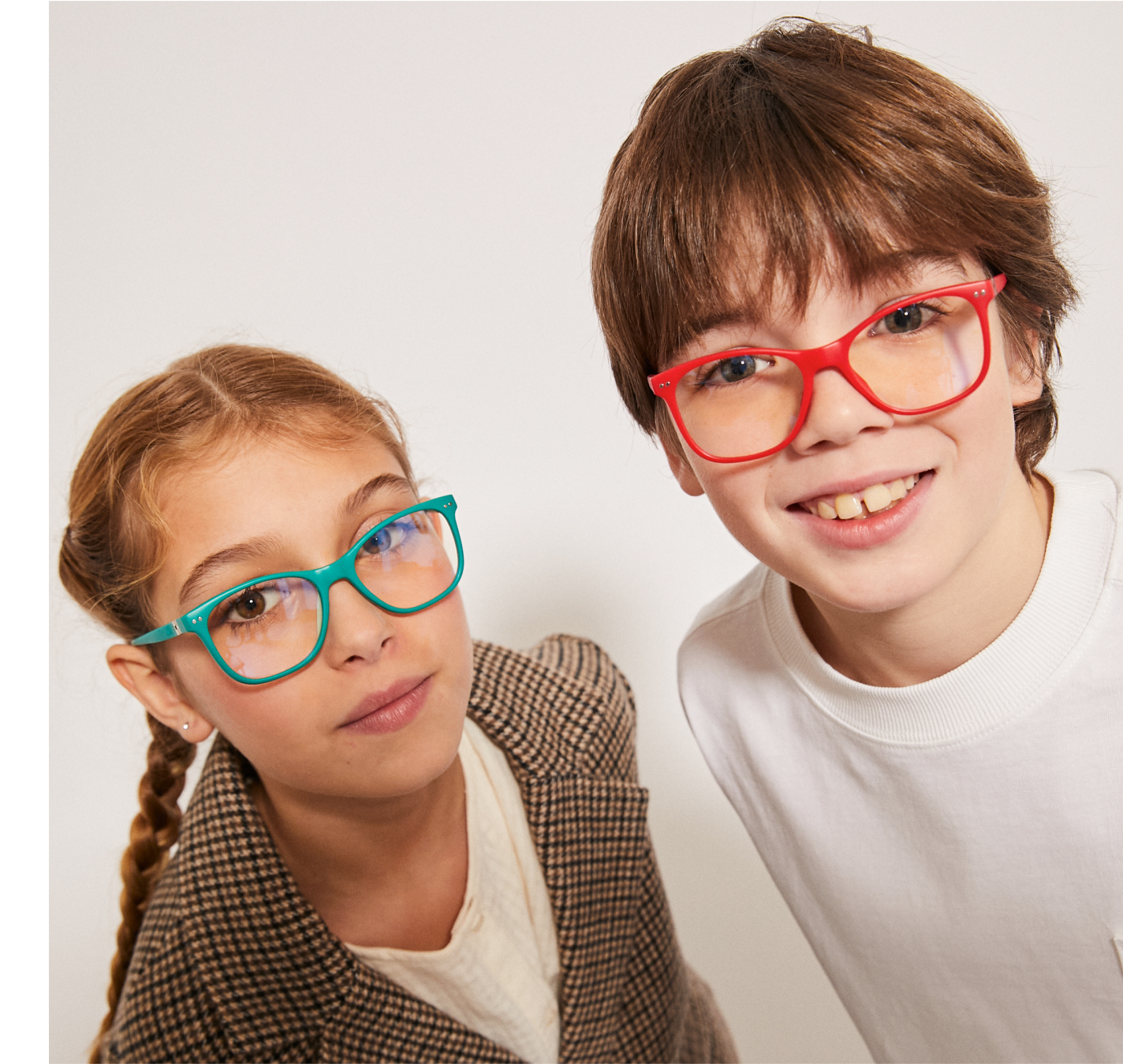Children
Children's visual health is fundamental for their development and general well-being, as it influences learning, cognitive development and social skills among other things.

Vision in children
A good vision is important in children's age and will influence different aspects of their comprehensive development.
Importance OF VISUAL HEALTH IN CHILDHOW
Visual AMENDMENTS IN CHILDREN
- Children can develop different visual problems and detect them at an early age can improve results and prevent complications in the future. The most common are:
Myopia
Hypermetropia
Astigmatism
Amblyopia
Strabismus
Dylonism
How do I know if my child looks good?
Children do not usually have the vision fully developed up to the age of six, but may have visual alterations before. These are some of the signs that can indicate that a child does not see well.

Visual review in children
Visual alterations can be difficult for parents to detect, so it is essential to carry out periodic vision revisions in children to prevent possible complications in the future and to ensure their correct visual development.













